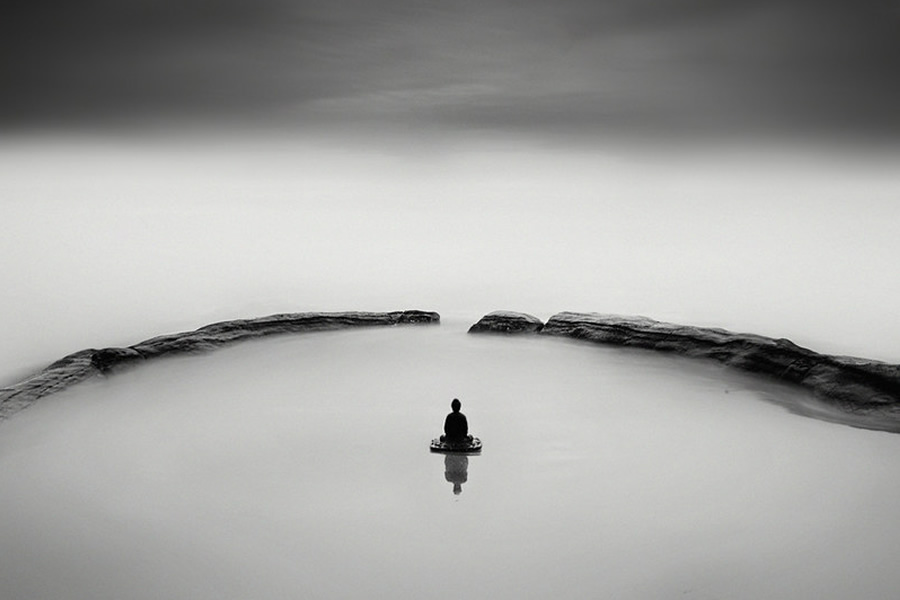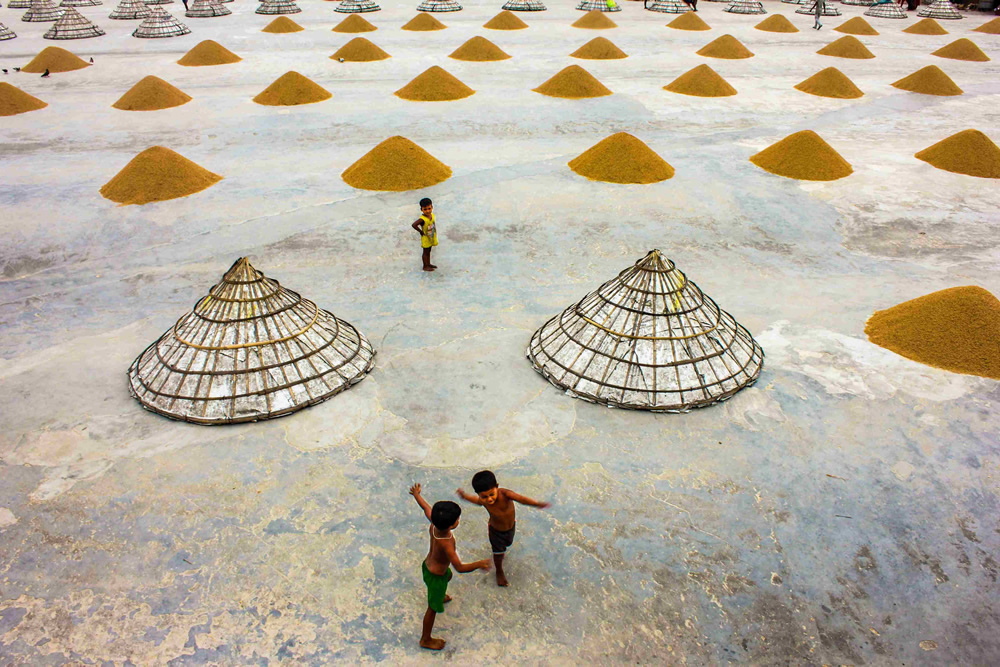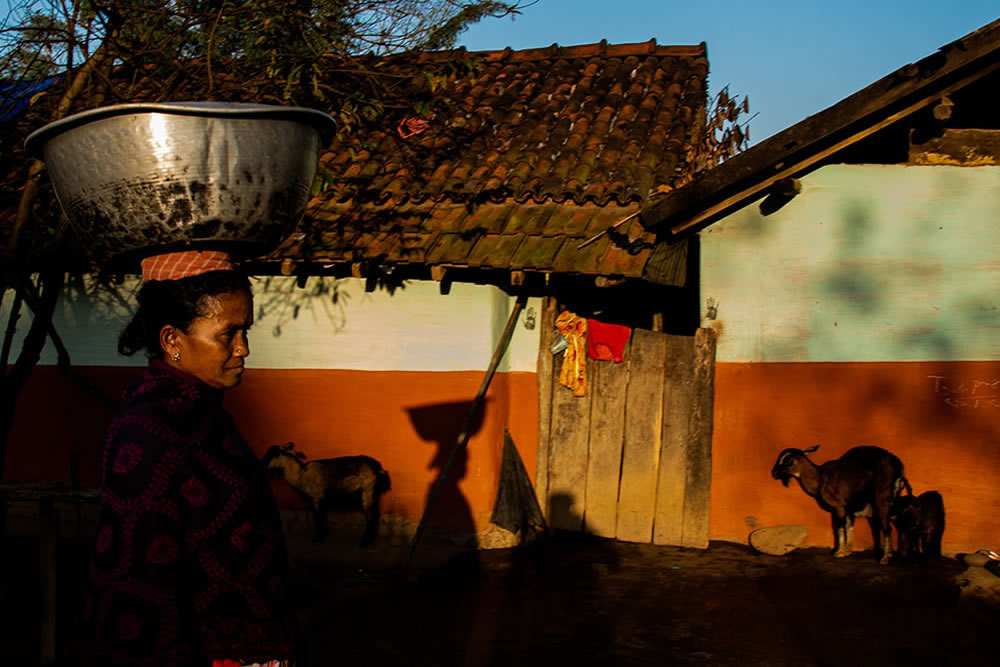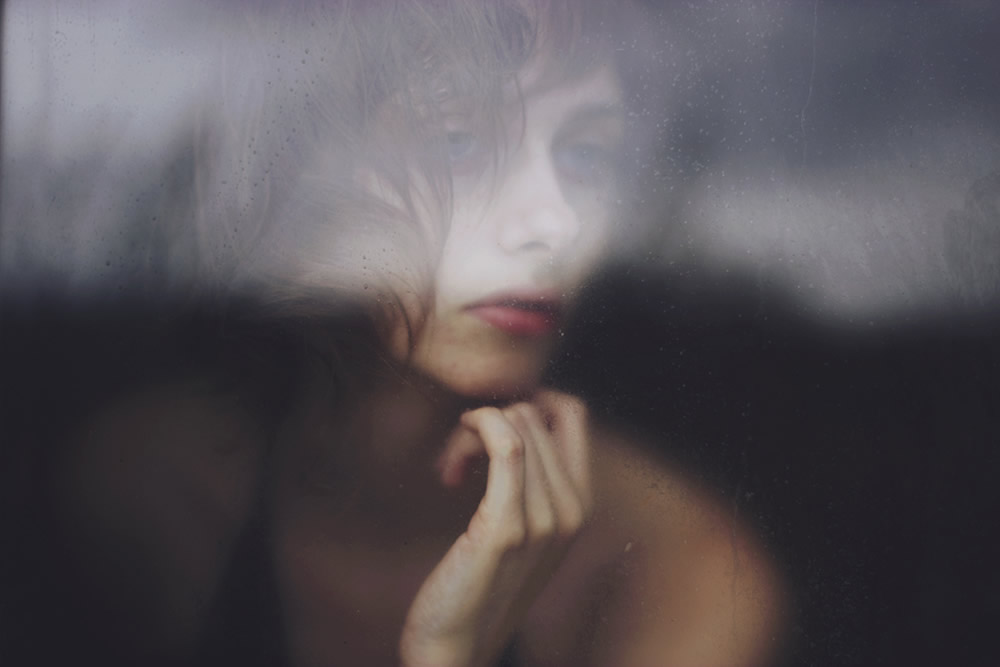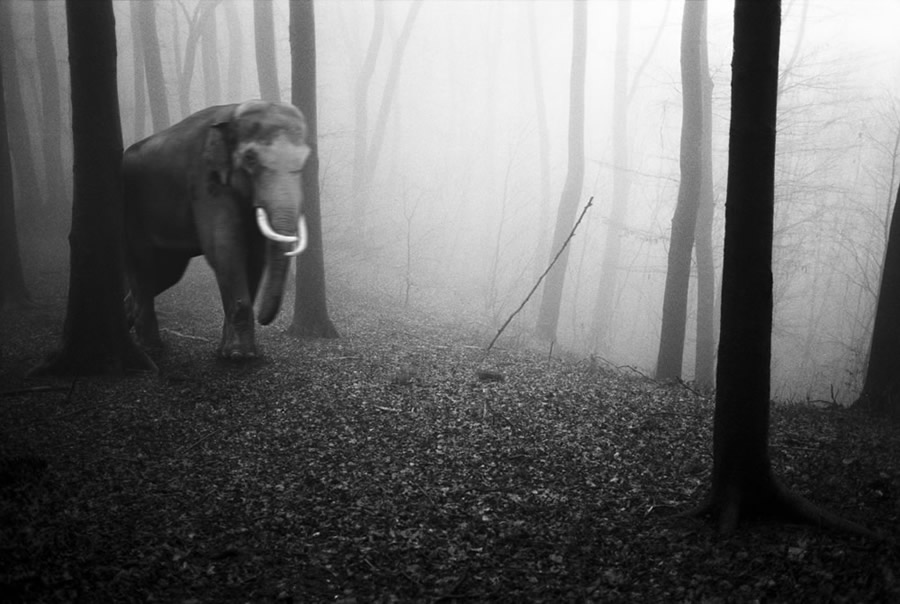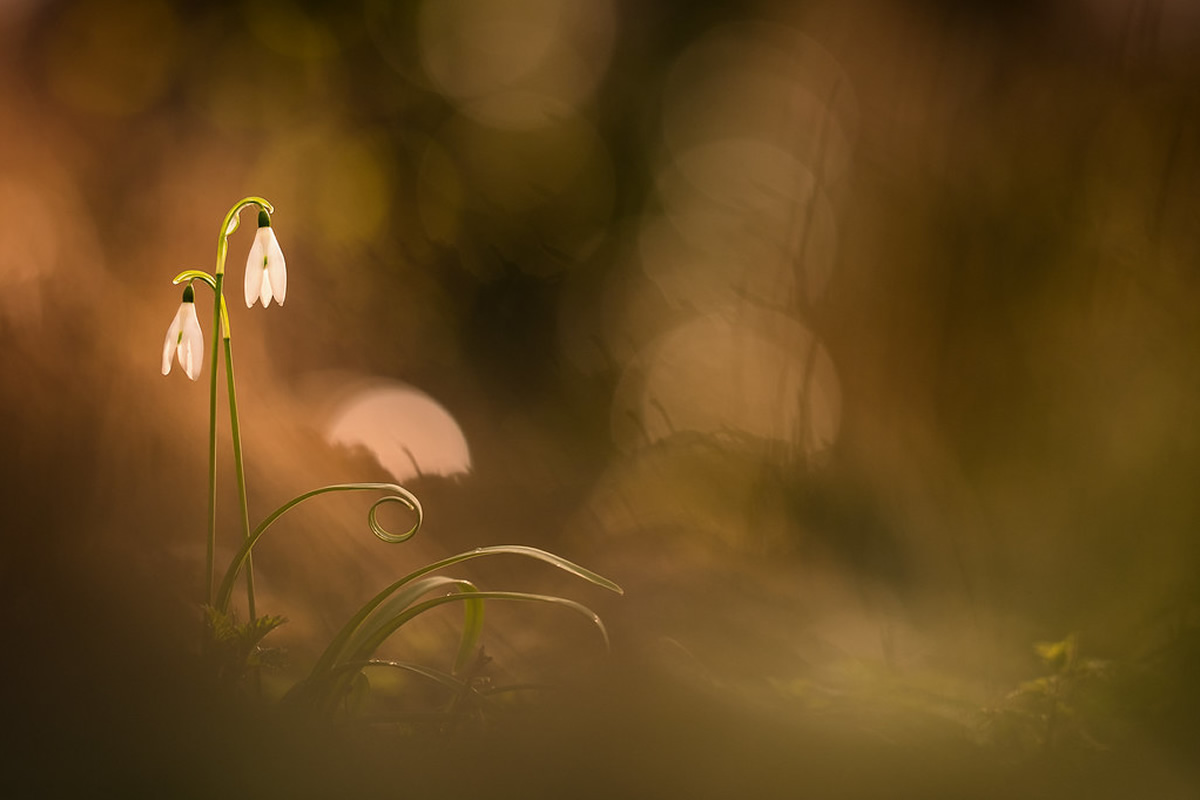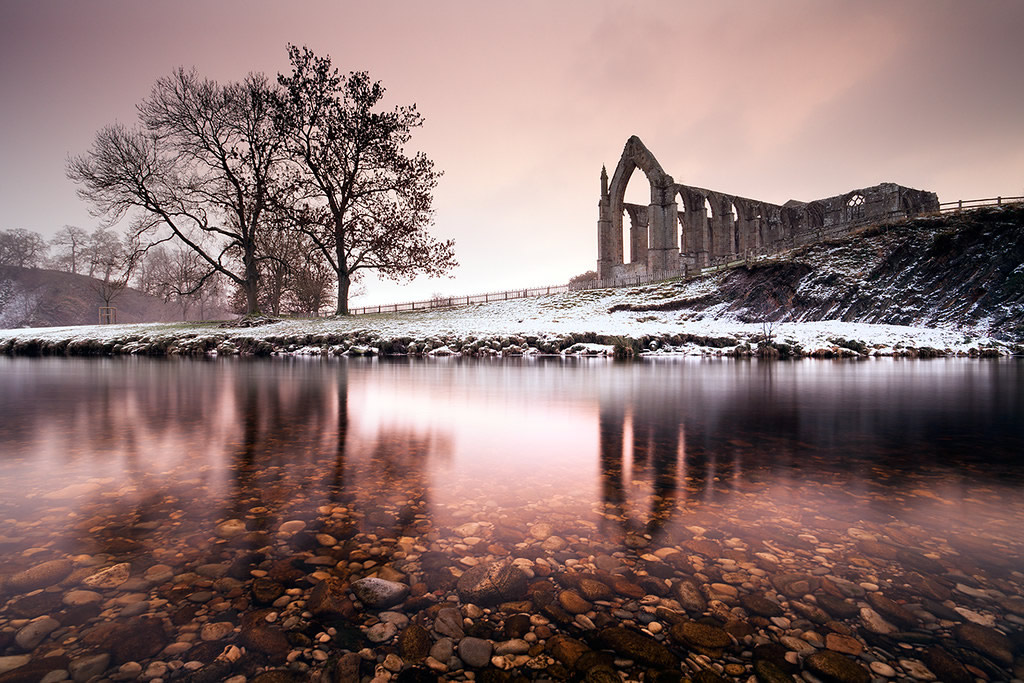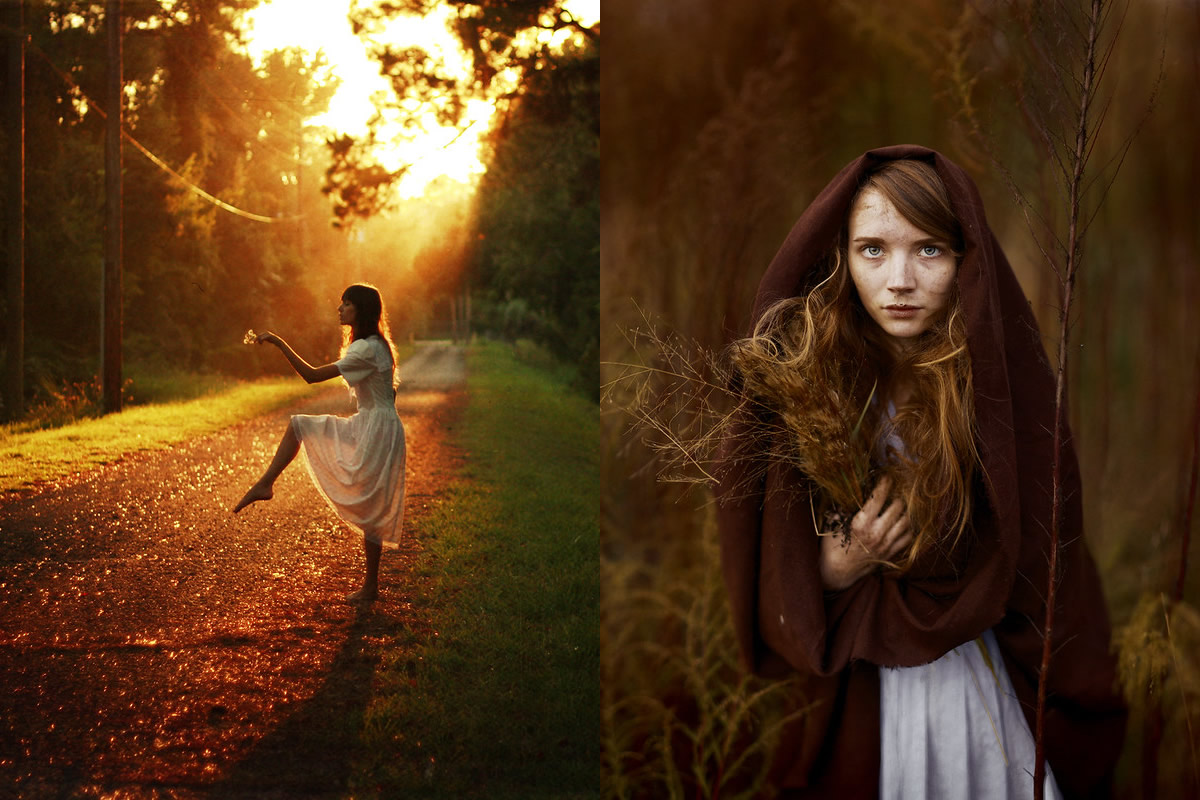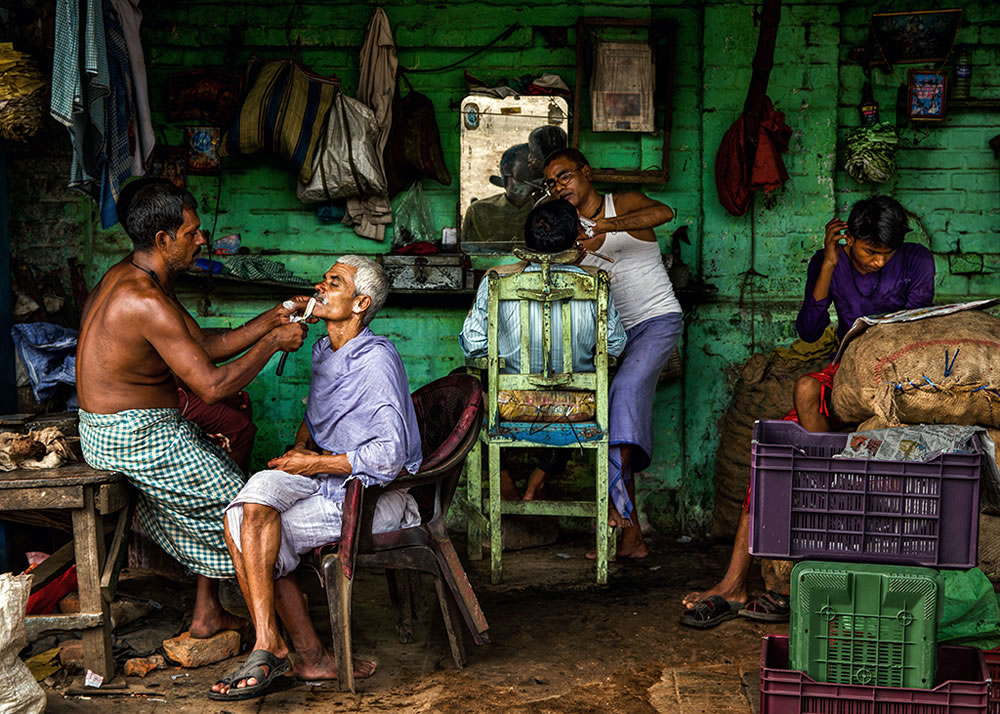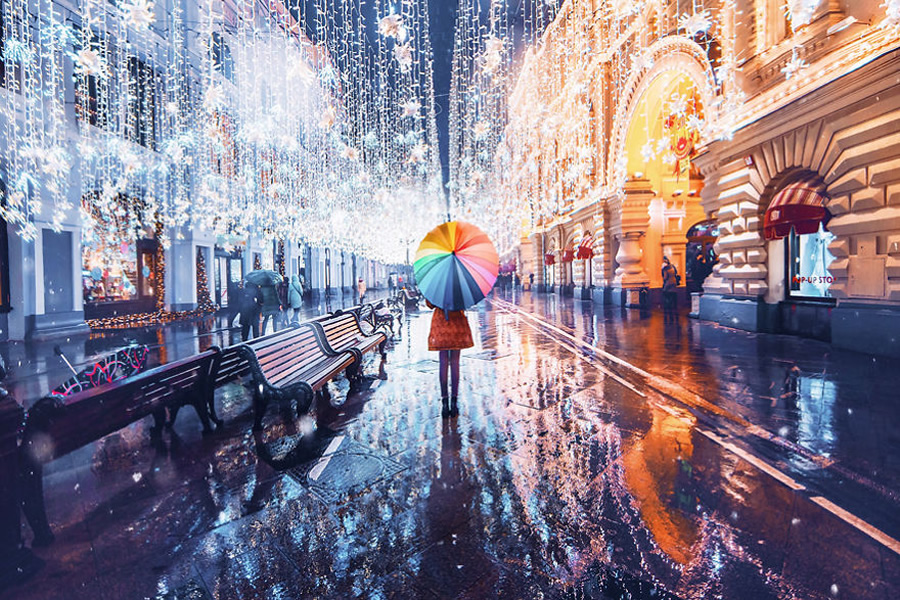Nathan Wirth, hails himself to be a self-taught photographer. The simply stunning and astounding quality of work on his monochrome landscapes. The long exposures are more than meditation with photography. He believes it is much important to remove one’s ego before you get into creating something which really matters. A Brilliant Poet-Photographer one must admit.
A Few questions with him, before we go in one with his photographs.
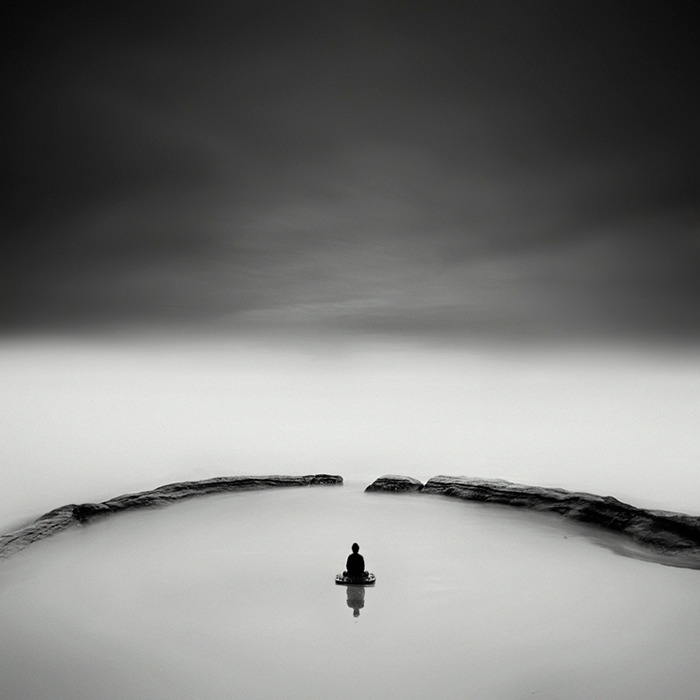
Can you please introduce yourself?
My name is Nathan Wirth, and I’m a self-taught photographer who mainly works with black and white long exposures in order to capture the silence and solitude of seascapes and landscapes (and occasionally architecture). I occasionally dabble in color and have recently been working with infrared photography.
I make my living teaching English at City College of San Francisco and live in Marin County, just north of San Francisco, with my wife, who I have been happily married to for 18 years, and my six-year-old daughter.
How did you get started in photography?
Well before I ever started taking my own photographs, I was fascinated by the classic greats of black and white photography such as Edward Weston, Paul Strand, Imogen Cunningham, Wright Morris, Ansel Adams, and many others.
Like many of us, I have, for most of my life, been taking photographs to preserve memories of times spent with family and friends as well as the places I have visited on vacation, but it wasn’t until 2007 that I first began to take photography seriously after purchasing my first DSLR camera, a Sony Alpha 100. I was, of course, still mostly interested in classic black and white photography, but soon after I began learning how to operate my camera, I discovered long exposure photography through the many very talented artists who were posting their work on Flickr. Soon after that, I discovered the work of Michael Kenna, and I have been hopelessly and happily hooked on finding new ways to use long exposures ever since.
What is the secret behind to capture these great landscapes?
I wish I had an easy answer to such a question. I suppose there is really no secret. The world of long exposure is an intriguing one because, even as you become better able to predict what the results will likely be, curious and strange and wonderful things will happen that you never expected (and, of course, you will also end up with terrible shots sometimes as well). From a composition perspective, I can only suggest that one needs to learn the shapes and rhythms of the land and the sea in order to photograph them.
I tend to visit the same places over and over again so that I can always look for new ways to interpret those places. For the past two years, I have spent a lot of time at Drake’s Beach in the Point Reyes National Seashore. I am forever fascinated by how different the landscape of the sea and the shoreline is every time I visit. The tides come and go and deposit and remove sand as they reveal and hide the various rocks strewn along the shoreline. The light is always different. It can be sunny one moment and foggy or cloudy the next.
All of these ever-shifting elements offer anyone interested in photography the opportunity to continually reinterpret how one envisions a landscape. Rocks and hills and shorelines and clouds and waves can be visualized and captured in lines and moods and curves. I like to think that learning to photograph landscapes is a matter of learning to see, to really, really see, to notice what you may have not noticed before.
Can you please describe your post-processing technique?
I am mostly a dodger and a burner. I am interested in strong contrasts so I draw them out with the burn and dodge tools in Photoshop. I photograph everything in Raw so that I have complete control over every step of the process. I have several different approaches to the monochrome conversion, but it always begins with making adjustments to the white balance in Camera Raw 6.0 … sometimes I capitalize on the color in Raw and then convert it later by using the black and white feature in Photoshop CS5 … other times I convert it right away in Camera Raw.
Next, I work with curves in CS5 and once I have the basic contrasts I want, then I burn and dodge individual parts of the image– and then use Nik’s Silver Efex Pro 2 for more fine-tuning. I keep the processing fairly simple and as close to the original darkroom film processes as possible. I have no issue with all the latest tricks that modern digital software offers, but part of my overall digital photography vision is to more or less mirror the traditional techniques of the great masters of film photography.
What is your inspiration?
Photography: Michael Kenna. I am endlessly fascinated with how truly silent and beautiful his photography is. I recently attended a gallery showing of his work and was mesmerized by how intricate and detailed his prints are. The modern trend in digital work is to print as large as possible, but Kenna’s 6×6 square prints are every bit, in fact, even more, powerful than any large digital shot I have seen. His attention to contrasts, mood and silence truly moves me.
Poetry: Poetry plays an inextricable role in how I compose and shape the vision that I have been cultivating. Poetry, at least the poetry I enjoy reading, is certainly a medium that expresses itself in metaphor and music, but it is also firmly grounded in an attention to the thing or things themselves. In other words, the well-tuned poet sees things as they are first and foremost, and whatever interpretation one might unravel from a poem’s rich ambiguities, those possibilities are best discovered by first understanding what those things are. In this sense, the things that I most often photograph— water, rocks, piers, bridges, myself, a Buddha statue, beaches, clouds, docks, trees— are grounded in my very real experience of them as well as the place where they are found, but I also hope that they might express certain colorings. emotions, and other possibilities.
I tend to visit the same places over and over again always looking for a new way to capture them, to reveal them, so I can share my sense of wonder, my sense of how astonished I am that these things even are. In that same spirit, I guess I am also trying to be a photographer of place, just as many poets try to be a poet of place. My place? Those places where the landscapes of the San Francisco Bay Area meet the sea.
Painters: Landscape painters have traditionally captured the essence of place with brush strokes and dapples of color and contrasts, and I try to express my vision of a seascape with brush strokes and dapples of whites and blacks and grays by dodging and burning my images until I have found the tones I am looking for (often infusing a subtle tint of yellow into the overall contrasts of blacks, white and grays).
The Sea: I often photograph the sea because I am drawn to the sea. It’s really, on many levels, as simple as that. In fact, I have been drawn to it since childhood. I was born and raised in San Francisco and lived there all of my life until moving across the Golden Gate Bridge to Marin County a couple of years ago, so I have always lived next to it and it has always been part of my general consciousness. Photographically speaking, the sea and sky are the perfect foil for building a visual relationship between negative space and the objects that I wish to photograph (be it rocks, a pier, a bridge, my buddha statue, or myself). I am also able to find countless ways to play with the minimal elements strewn along the shoreline of any beach that I walk along. I am also drawn to the shorelines because of my unending fascination with witnessing how much the landscape of a beach changes as the tides and rains and winds deposit and remove the sands, a constant flux that buries and unearths the many rocks that are strewn along the shoreline.
Your Gear?
My most recent camera is a full frame DSLR, the Sony Alpha 850, but along the way I also used a Sony Alpha 100 and a 700. I first chose Sony because a friend of mine had a handful of nice Minolta primes that he promised to let me use if I purchased a Sony body. To this day, he has yet to let me borrow a single lens, but I am now committed to the Sony line because it would cost me far too much money to switch to Canon or Nikon now that I have purchased my own lenses for the Sony. I recently converted my Alpha 100 to capture infrared. For lenses, I use a Zeiss 24-70, a Sigma 17-35, a Sony 18-55 (calibrated for infrared), and, every once in a while I pull out a Sony 70-300.
For nearly two years I used a B+W ND 100 neutral density filter, but in early 2012 I switched to the Lee filter system and now use their big stopper and a set of soft and hard graduated neutral density filters. Finally, I use a Manfrotto tripod (because it is heavy and sturdy, which I need for windy, stormy days) and a wireless, long range remote control shutter release for my self portrait long exposures.
For the most part, I don’t spend much time worrying about what equipment is the best or how I will be able to buy the latest and greatest new gadget or camera. I make my living teaching English at a public college in San Francisco, which, by definition, means I have very little money. I have learned to work with whatever I can get my hands on and to take the best possible images I can with that equipment.
Recently, I purchased a 35mm Minolta Maxxum 9 film camera, and, as a gift, I received an old Rolleicord medium format camera. I hope to start experimenting with film photography in 2013.
Any Tips or Advises for aspiring photographers?
Enjoy yourself and forget about whether anyone else will like your work. It is very, very, very difficult to remove your ego and your need to be admired from photography, but the sooner you can, the sooner you will begin to create work that really matters.
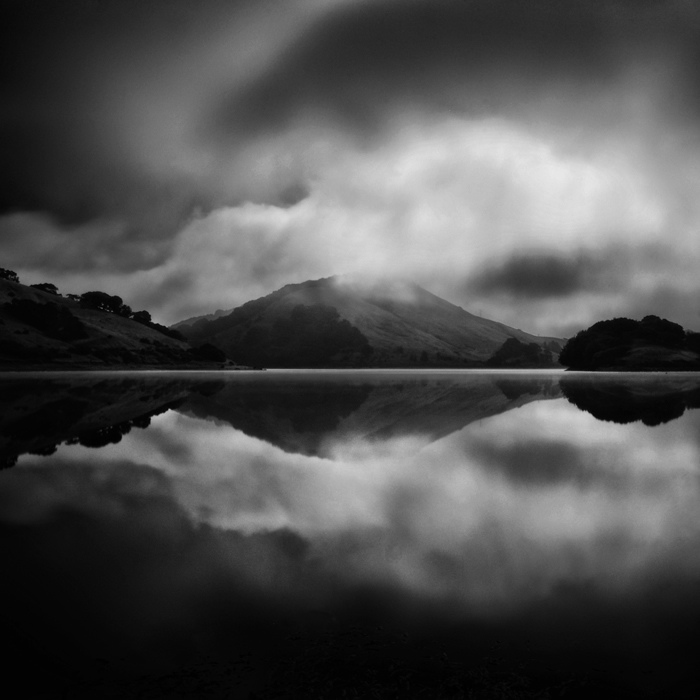
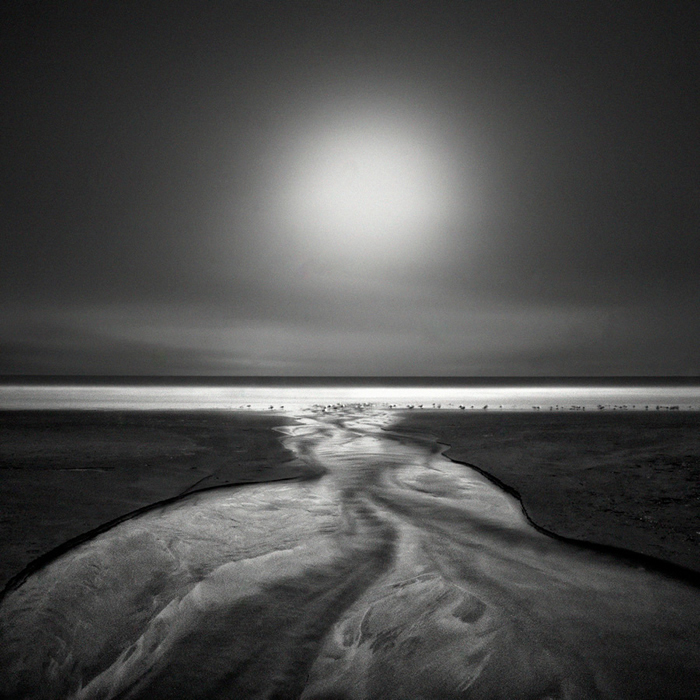
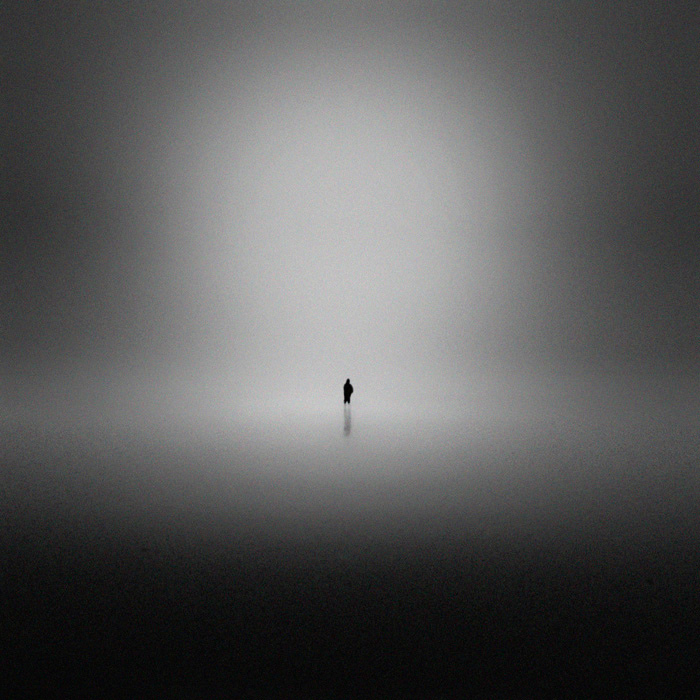
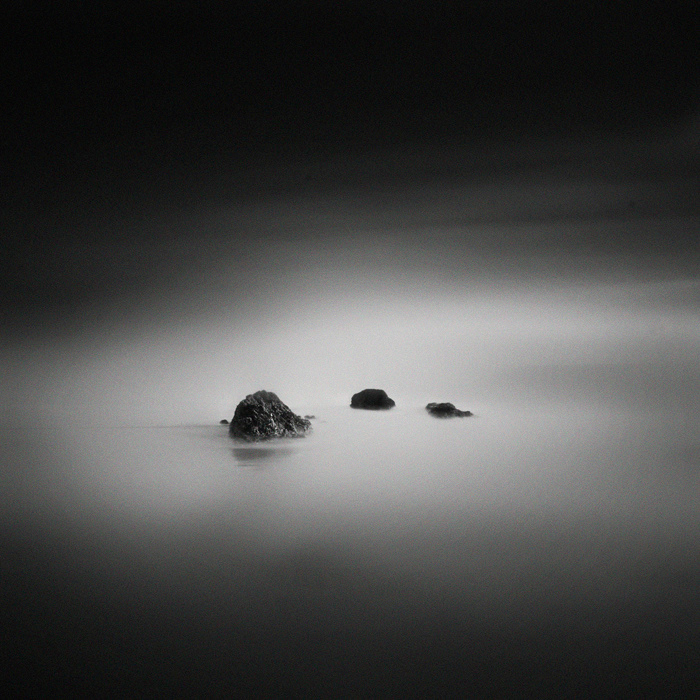
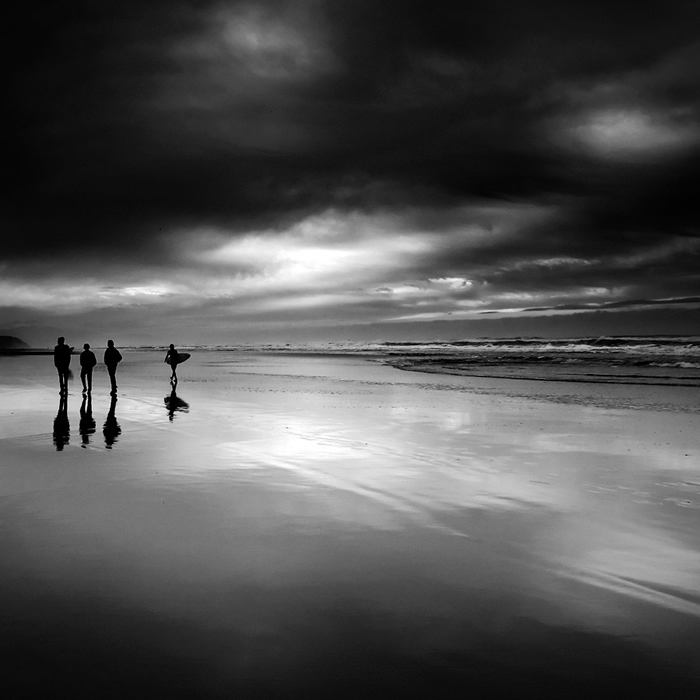
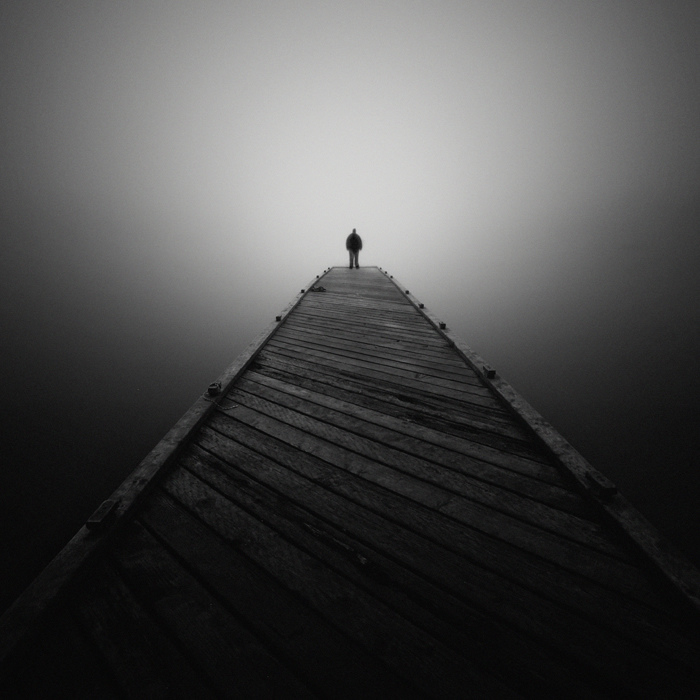
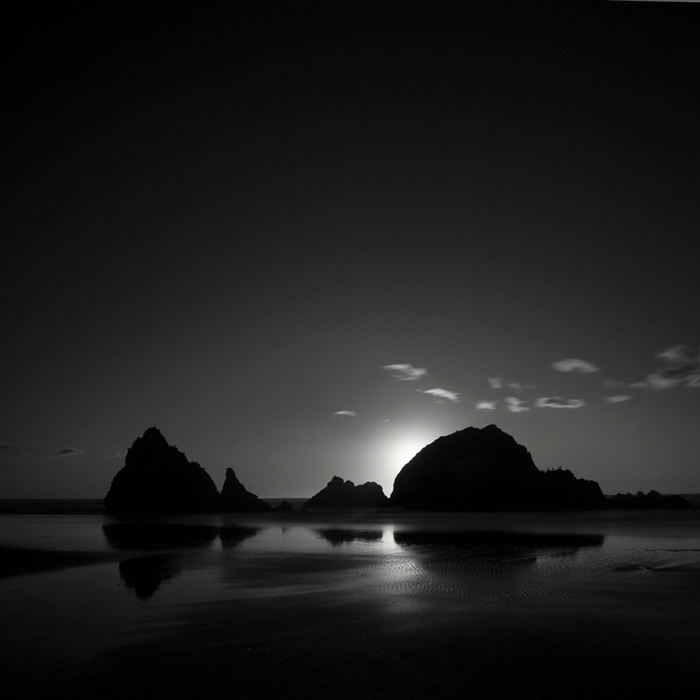
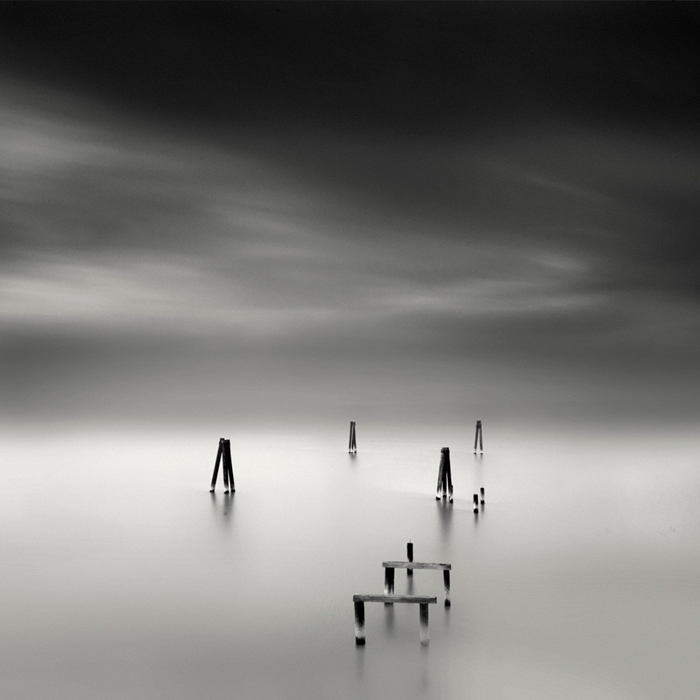
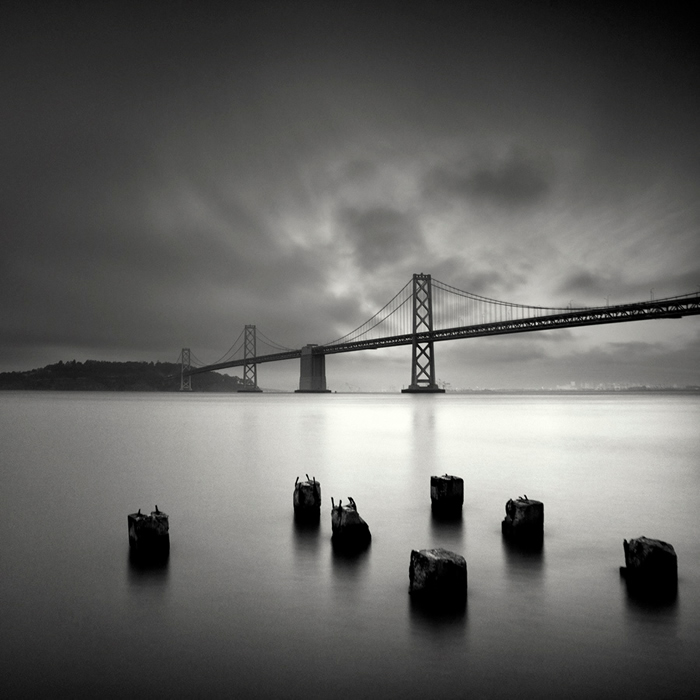
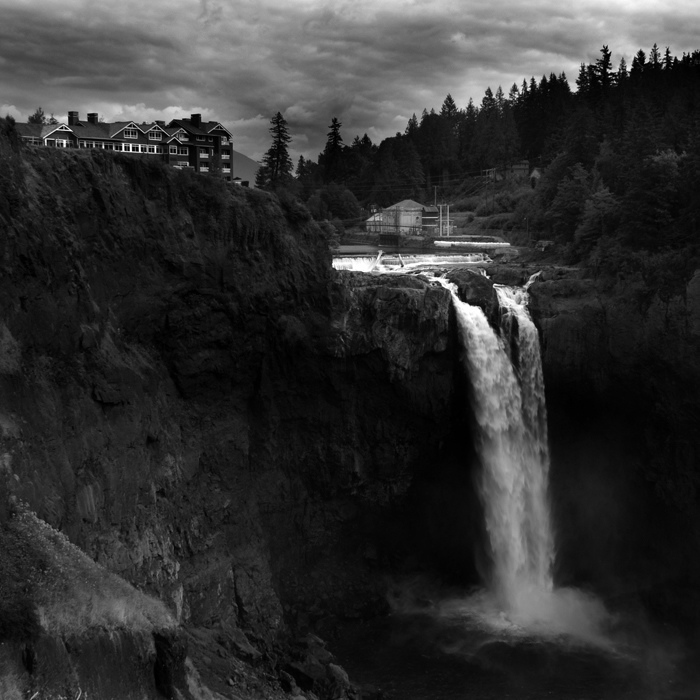

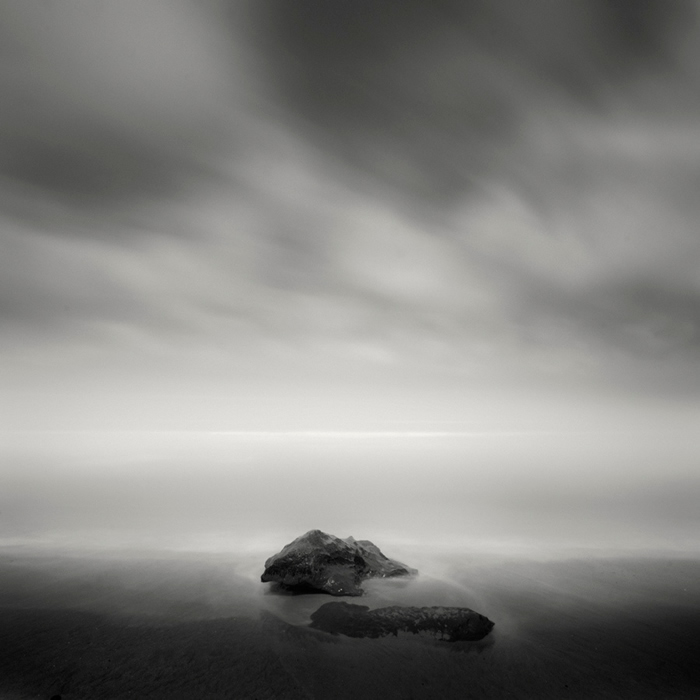
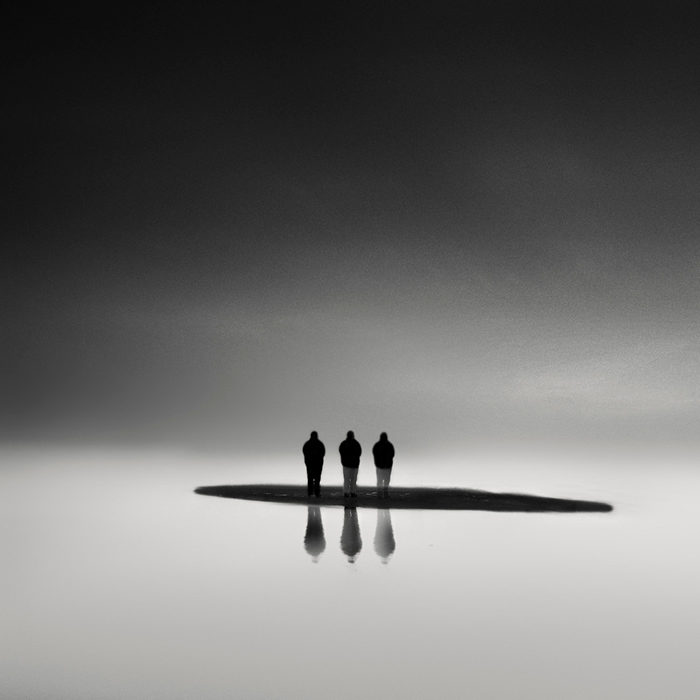

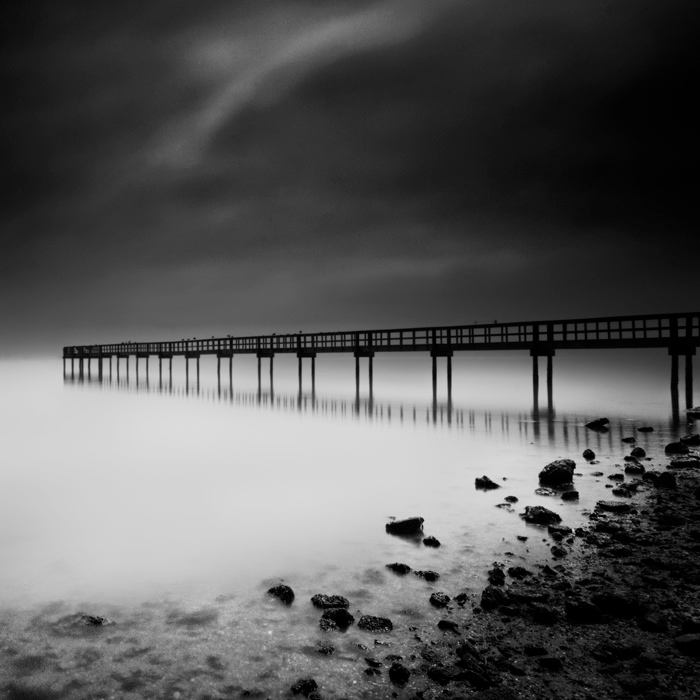
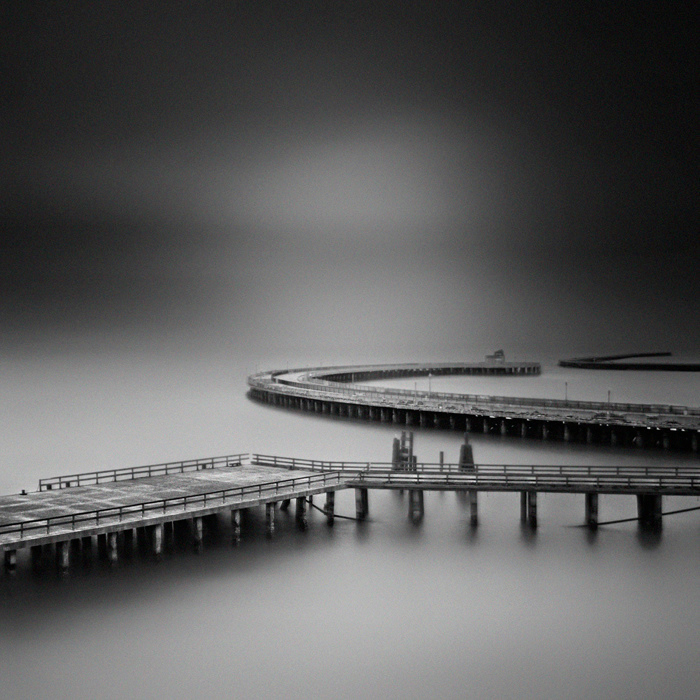
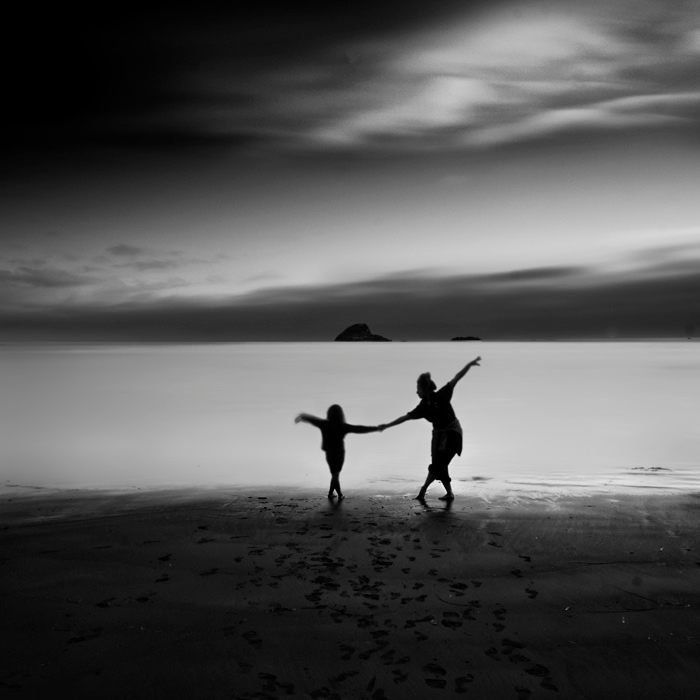
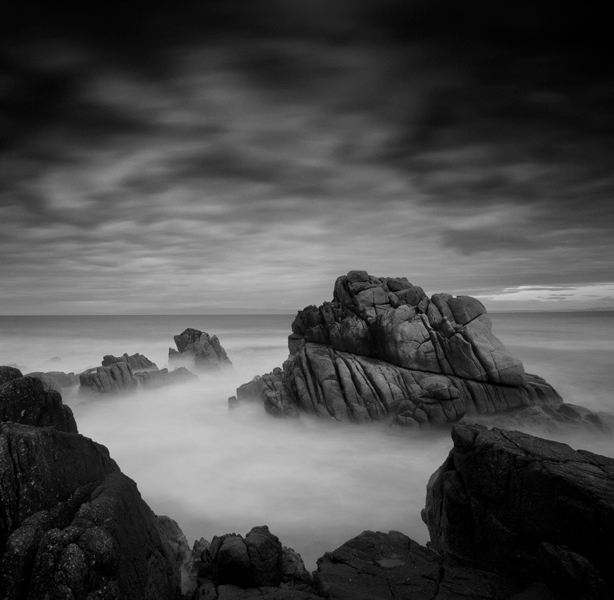
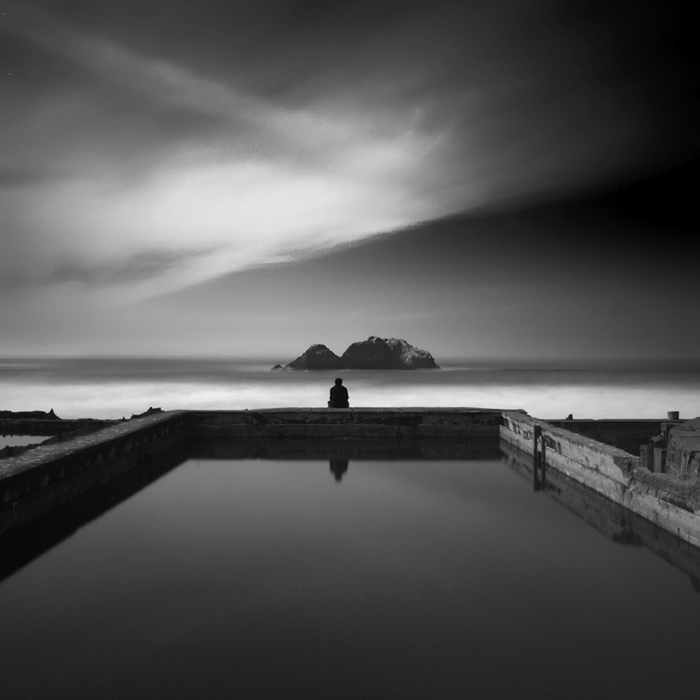
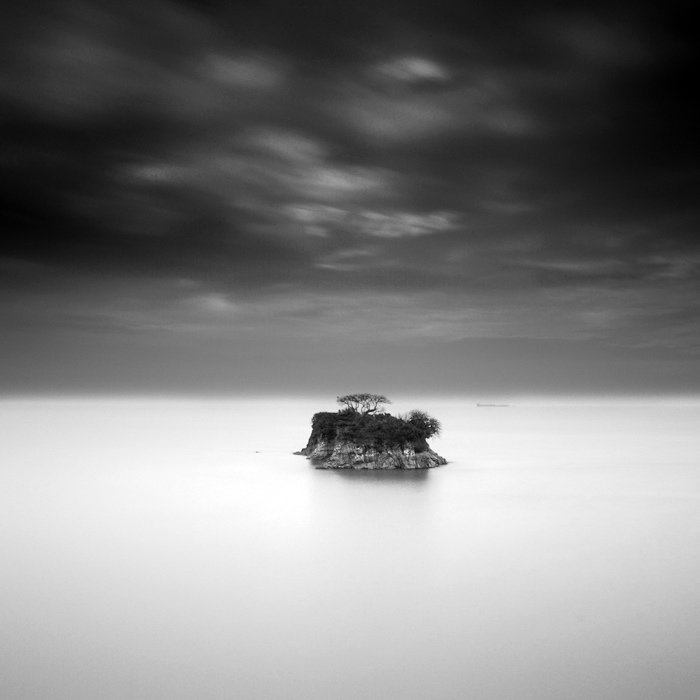
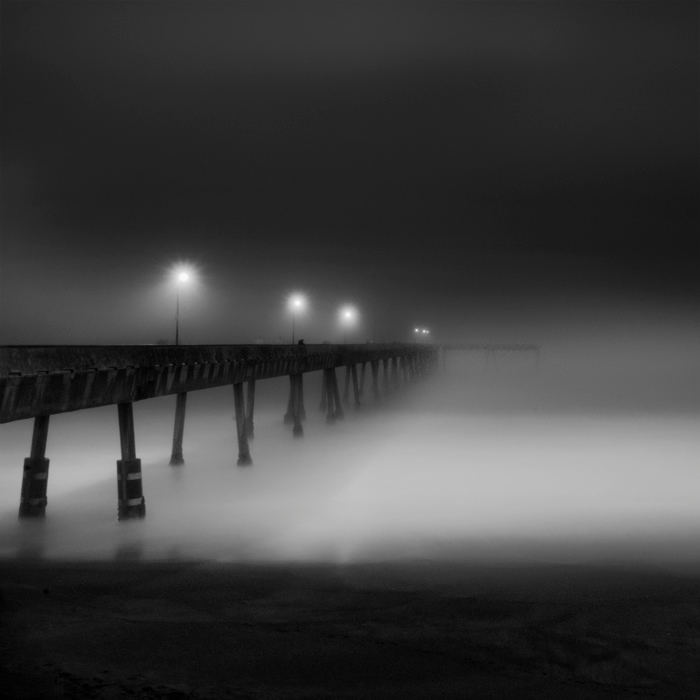
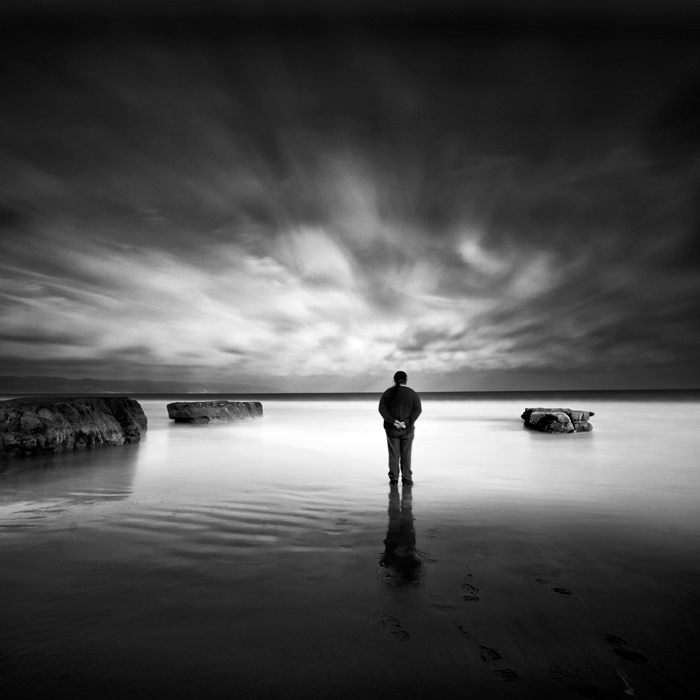
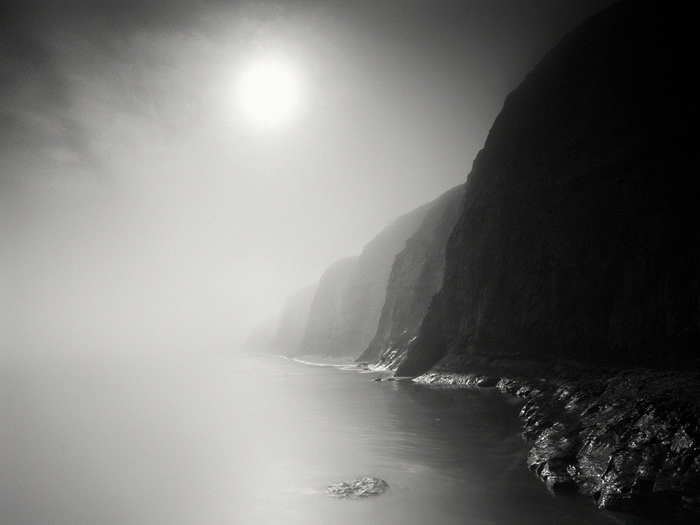

You can find Nathan Wirth on the Web:
Copyrights:
All the pictures in this post are copyrighted to Nathan Wirth. Their reproduction, even in part, is forbidden without the explicit approval of the rightful owners.

